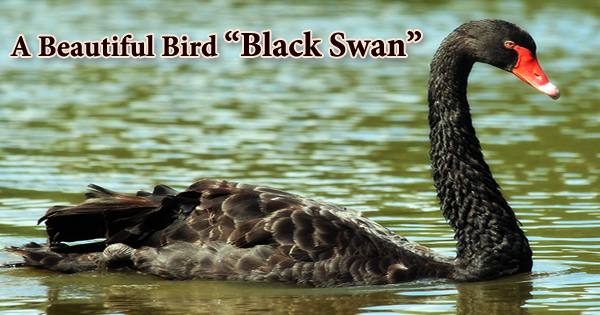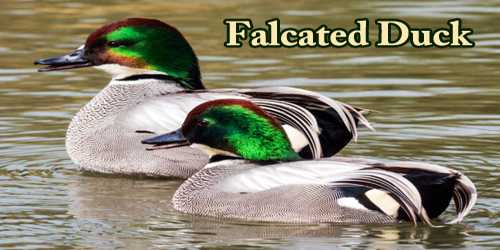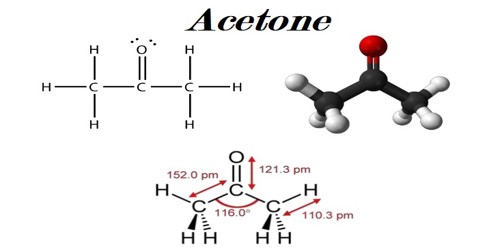The black swan (scientific name: Cygnus atratus) is a large waterbird that breeds primarily in Australia’s southeast and southwest regions. When European explorers first encountered black swans in Australia, they were astounded. The black swan is a nomadic species in Australia, with irregular migration patterns based on climatic conditions. It has black plumage with a red bill (beak) with a white line around the tip. It has red eyes as well. It is a monogamous breeder, with incubation and cygnet-rearing responsibilities shared by both partners. The Australian black swan is known for only swimming with one leg and tucking the other leg above its tail. The explanation for this may be that when swimming on the surface of the water, the swan can more easily change course in order to avoid an approaching predator or get to food faster. Their necks are either arched or upright when swimming, and their feathers are often lifted in an offensive display. An adult Black swan’s body is entirely black, with the exception of its large white wingtips, which are visible in flight. It has a bright red bill with a pale tip and bar, and grayish-black feet and legs. It has a long neck (the longest among swans in terms of size) that is bent into an “S” shape. Males have a longer and straighter beak than females and are slightly larger. The feathers of juvenile black swans are grayish-brown with lighter edges. The black swan was introduced as an ornamental bird to various countries in the 1800s, but it has managed to escape and establish stable populations. It can be found singly or in loose groups of hundreds or even thousands of individuals. It’s a common species in zoos and bird collections, and escapees have been seen outside of its natural range. Both Western Australia, where it is native, and Dawlish, England, where it is an introduced species, have adopted this bird as a regional emblem.

Black Swans range in size from 110 to 142 cm in length and weigh between 3.7 and 9 kilograms. Males and females have identical physical features. The male bird, on the other hand, is slightly larger and has a longer and straighter bill than the female. The black swan’s plumage is black, but its white flight feathers are apparent only when it is flying. It has a wingspan of 1.6 to 2 meters. It can live for up to 40 years. Black swans can be found in fresh, salt, or brackish water in rivers, lakes, and swampland. They prefer aquatic plants, but when food is scarce, they will live in terrestrial areas such as flooded fields or dry pastures. On the water or in flight, the black swan makes a musical and far-reaching bugle-like sound, as well as a selection of softer crooning sounds. It can also whistle when disturbed, particularly when breeding or nesting. They fly at night and eat at sunset, but they spend the majority of their time on activities throughout the day. With its neck outstretched, the black swan flies slowly. The wing beat is sluggish. It can travel at speeds of up to 80 kilometers per hour. Black swans are herbivores that feed on plants in the water, pastures, and on farmland. Algae, typha, potamogeton, myriophyllum, and rupia are common aquatic plants they consume, and they also eat insects on occasion. Black Swans do not migrate; instead, they are nomadic, moving from one location to another in search of suitable water bodies with sufficient food. The species has a wide range, with estimates ranging from one to ten million square kilometers. The world’s total population is estimated to be about 500,000 people. With these numerous and common bird, there is no chance of extinction or major population loss. In shallow wetlands, Black Swans form isolated pairs or small colonies. Birds form lifelong relationships, with each adult raising one brood per season. The breeding season lasts from February to September. Typically, the female swan makes a nest from sticks, debris, and dead leaves into a mound floating on the water. She lays 5–6 eggs that are one day apart. After all of the eggs have been laid, the incubation period begins and lasts 35 to 48 days. Incubation is supported by males. The cygnets are precocial, but they are brooded in the nest for 2 to 3 weeks after hatching. They fledge between the ages of 150 and 170 days. Black swans will fly at the age of six months and remain with their family for nine months. Within 18 to 36 months, they reach sexual maturity. Well-intentioned humans who feed these birds do more harm than good. The birds lose their natural foraging instincts as a result of their reliance on humans for food. Humans and predators become less of a threat to these species. Dogs, cats, and foxes are more likely to harass them as a result of this.
















